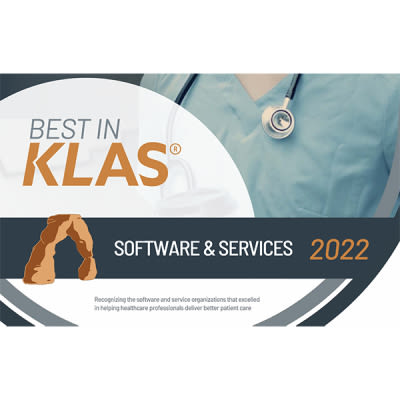Enterprise imaging is a healthcare innovation that is driven by the latest trends in technology, including artificial intelligence and data analytics. In essence, enterprise imaging refers to a system-wide approach for storing, managing, distributing, viewing and analysing all clinical imaging and multimedia content in the electronic health record (EHR).
Provider organisations are transforming towards enterprise imaging in line with their objective of providing patient-centric care. Having all clinical (not just radiological) images available in the EHR makes good ‘business’ sense for healthcare organisations, as this leads to economies of scale, better utilisation of data, and increased organisational efficiency arising from standardised workflows.
For patients, enterprise imaging provides a means to make them more engaged in the care process. Radiology images and even photographs enable patients to visualise their disease, helping them to engage with their doctors by asking questions to better understand what makes them ill and how they can recover faster. Enterprise imaging therefore enhances patient engagement and experience, by giving patients easy access to their medical images via the EHR.
In this shift towards enterprise imaging, radiologists have an important role to play. As the experts in imaging technology – both imaging itself and image sharing – radiologists can transmit their expertise and mature understanding of imaging workflows to the whole organisation. Specifically, radiologists can provide recommendations on the selection of imaging technology that fits the needs of the organisation.
In addition, radiologists can help in defining and implementing standards and quality needs for imaging. Most importantly, they can contribute significantly towards proper rollout and efficient running of enterprise imaging programmes.
Take the case of Point-of-Care (POC) Ultrasound (POCUS) as example. POCUS is now increasingly used in many specialities. The views and image quality expectations from POCUS examinations are different from those associated with diagnostic studies performed in the radiology department. As such, radiologists often don't want to include POC images in the patient's imaging record. This goes against the objective of enterprise imaging, which is providing access to all images across the enterprise. Since POC images can provide crucial comparison examinations, it behoves radiologists to work with all clinicians to establish enterprise-wide standards and quality expectations on POCUS examinations.
It is important for radiologists to realise that they can derive value from enterprise imaging, while at the same time expanding their value to their organisation as it embarks on its Enterprise Imaging journey. A major benefit for radiologists will be the opportunity to "come out from the shadows", or being more visible in the clinical process.
As Dr Cheryl Petersilge, an imaging leader and pioneer in enterprise imaging, points out: "With Enterprise Imaging, the radiologist can become the informed expert, the integrator of information, the one who searches all the patient data and then makes informed clinical judgements."
Thus, radiologists should take this opportunity to take a value-added role in healthcare. In this new role, radiologists can contribute knowledge of practicality and appropriateness into the decision-making process and find ways to interject themselves into the care itself. For example, in multidisciplinary tumour boards, radiologists can collaborate with other specialists in studying cases with the goal of improving patient outcomes.
Source: Agfa HealthCare
Image Credit: Agfa HealthCare


















